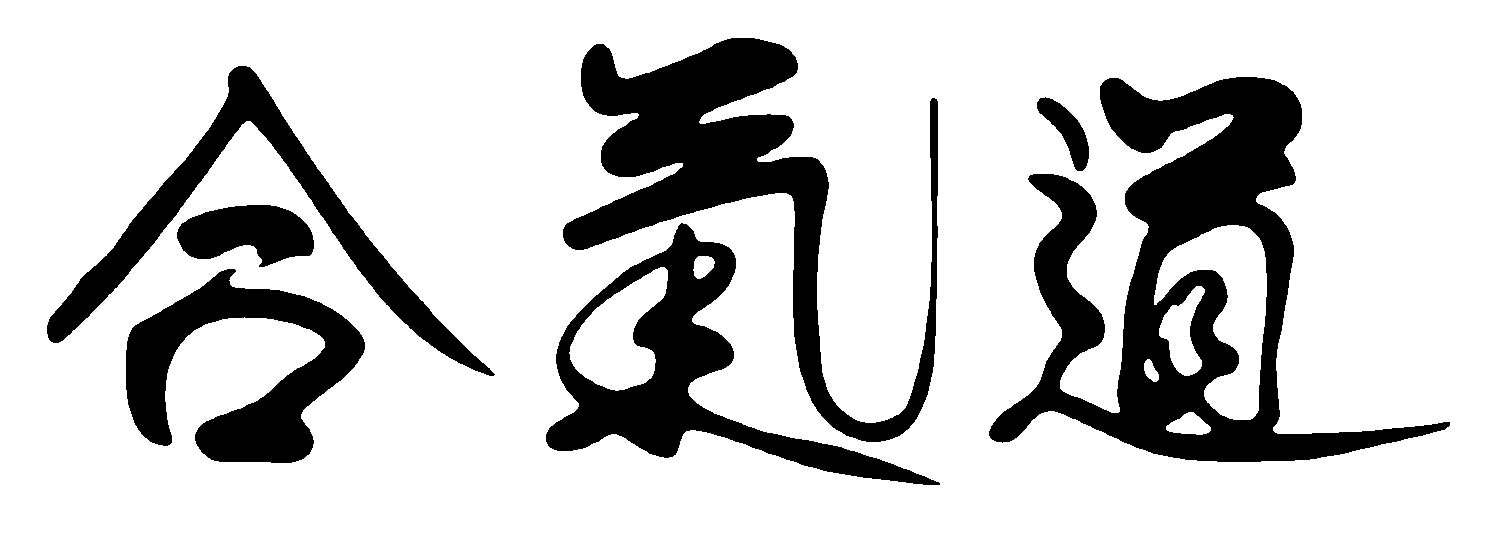Iwama Aikido
Traditional Aikido: As Taught in Iwama, Japan


A general perception of Aikido is that there are no competitions. This is generally true, although there as some styles which have limited competitions. Tomiki style, for example, has matches using tanken (short swords) with dull blades, and specific rules for scoring points.
Also, some trainees like to test each other to see if they can make their techniques work against other trainees who are resisting with full power, and vice-versa. This is constructive in moderation since any weaknesses and defects in technique become immediately clear, as long as the primary goals of perfecting technique and developing cordial relationships with other trainees is maintained in the forefront.
However, these diversions are not comparable to the type of competitions found in karate and other martial arts in which a contestant is free to use a variety of techniques in a relatively spontaneous manner for the express purpose of winning a victory over another contestant.
An official explanation for the lack of competition in Aikido is that this particular martial art is based on harmony, and competition is the antithesis of its primary objective. Although this is certainly valid, a brief review of the derivation of Aikido from older martial art forms will show that there is also a very practical reason for discouraging Aikido trainees from going at each other flat out.
An interesting little book entitled "Judo, Appendix Aikido", by Kenji Tomiki (the founder of the above referenced Tomiki style of Aikido), which was published in 1956, includes a chart showing classes of "Judo" technique. These are classified into two main categories, "Aiki techniques" and "Randori techniques".
The Aiki techniques are described as a "system of techniques in the applying of which it is considered most ideal not to be seized by the opponent", and include "Kansetsu techniques" (bending or twisting joints) and "Atemi techniques" (attacking vital points).
The Randori techniques are described as a "system of techniques to be applied by seizing hold of each other", and include grappling techniques and throwing techniques.
Although Tomiki considers Judo to include both classes of techniques, he writes that "practice in these techniques of attacking the vital points and bending or twisting the joints is not to be carried on by means of contests as in the case of the randori techniques, for from the nature of those techniques it is attended with danger".
Different martial arts focus on different aspects of applying and controlling force (karate emphasizes atemi, judo emphasizes grappling and throwing, etc.). In general, however, if a martial art is to provide a forum for competition which minimizes the possibility of death and serious injury, the forum must necessarily include rules which prohibit the more dangerous techniques. This was implemented in the case of judo by allowing only randori techniques in contests.
Aikido went in the opposite direction from Judo. To quote from "Traditional Aikido", by Morihiro Saito, Vol. V, "It is a well-known fact that matches are prohibited in Aikido. This is because Aikido has inherited a number of lethal techniques from its Founder, which render matches too dangerous an exercise, and also because the art purports to place no restrictions on every conceivable movement.
If the rules are set and dangerous techniques are excluded from the matches, Aikido undoubtedly will lose its raison d'etre. If matches are to be held, all the techniques will have to be scaled down to those consisting mainly of Atemi or the contestants will have to either stake their lives or wear protective gear. A question also arises whether the form of the competition should be limited to empty-handed techniques or should also include the use of weaponry.
Even if only empty-handed techniques are allowed, the techniques inherent with Aikido are too terrific to make Ukemi (rolls and somersaults in defense) possible. True, such Ukemi against throwing is made possible deliberately in training sessions. However, execution of techniques becomes uninhibited in matches and the dangers involved are obvious. The answer to the question of why Aikido is not identified with a sport or a contest is simple".
No single martial art can provide everything, and Aikido sacrifices competition in favor of including potentially dangerous techniques which were originally developed for lethal combat and handed down from our predecessors. Fortunately, there are many excellent martial art styles which offer competition and are available for persons who are so oriented.
All people are different, and those who are interested in martial arts should seek out a style which best suits their personality and goals. If one martial art does not provide everything they are looking for, they may consider training in several.
A good strategy is to select the most apparently suitable martial art as primary, and train long enough to develop a high level of proficiency. Then, seek out other martial arts and incorporate their teachings into the primary system. This is, in fact, an excellent way to become a true and well rounded martial artist.